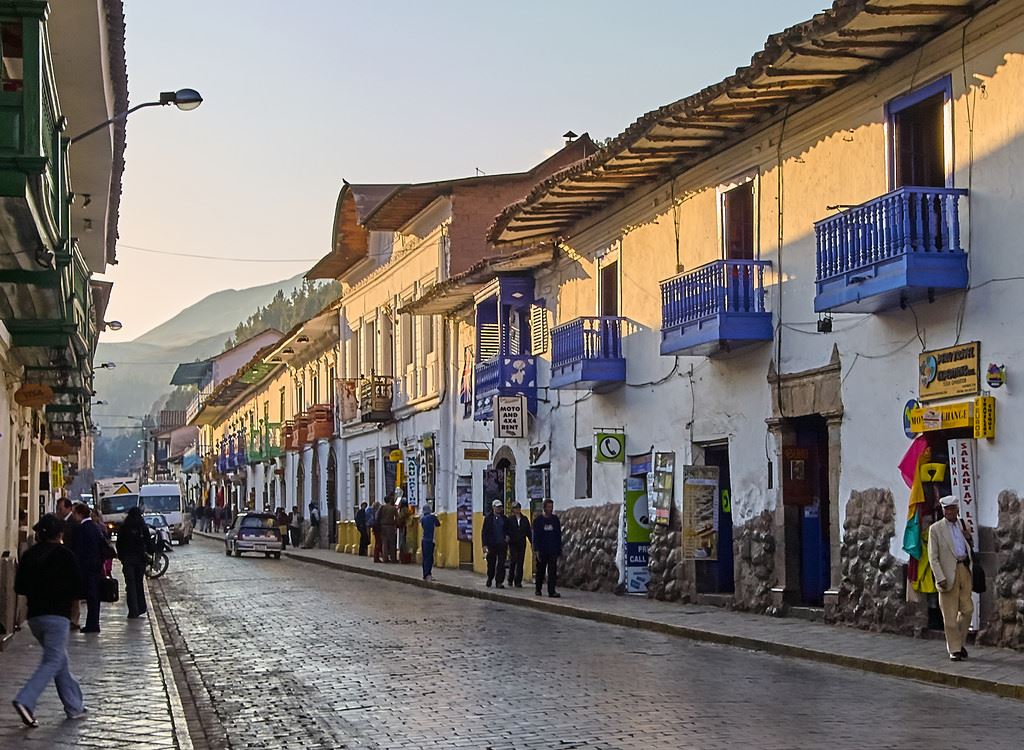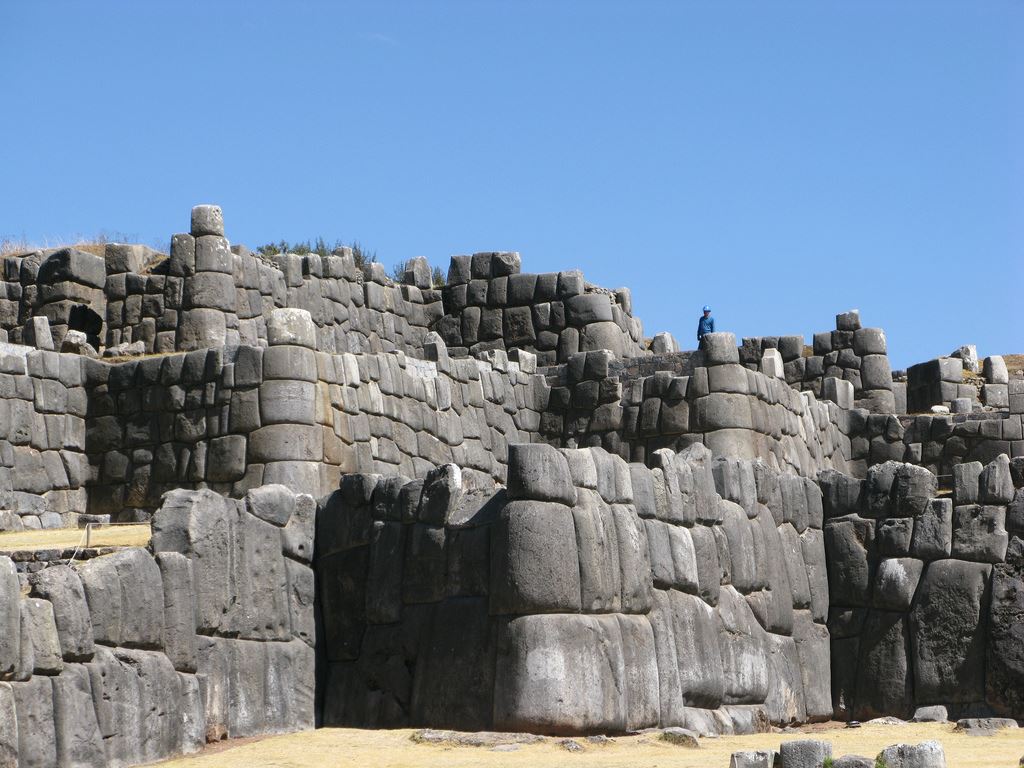
Get to know the culture of Cusco, Peru
Combining the old with the new, Cusco is the cobblestoned cultural center of Peru. Once the capital of the Incan Empire and now one of the most prized places in all of South America, this highland hub should feature prominently in any Peru vacation itinerary.
Unfortunately, many visitors breeze by Cusco on their way to Machu Picchu, missing many of the best ruins, museums, and cultural attractions the country has to offer. A few leisurely days here are recommended not only to gradually acclimatize (because if you’re coming from Lima you’ve gone from sea level to 10,800 feet) but also to soak in the Andean atmosphere. Ladies leading llamas, intricate indigenous artwork, and highland delicacies like baked cuy, pachamanca, and trucha meet you at every corner, tempting you to stay longer.
Visiting Cusco is like stepping into a historical reenactment where the lines between modernity and antiquity blur. The pre-Columbian, colonial, and contemporary are distinguishable but inseparable.

Throughout the city of Cusco authentic Incan walls line steep and narrow streets, crowded with visitors and Quecha-speaking locals. Colonial mansions converted into luxury boutique hotels hide behind massive stone walls, which conceal courtyards and comfortable accommodations. Red tiled rooftops sprawl across the puma-shaped city, a layout conceived by Pachacutec, the ninth Incan ruler who is credited for turning the Kingdom of Cusco into the Inca Empire.

Tour the city’s surroundings to fully appreciate Cusco’s Incan heritage. Saqsaywaman is a massive site containing some of the largest stonework ever discovered; walls are made with massive stone blocks, some weighing up to 300 tons. The site held military and religious importance to the Inca, and the area actually creates the “head” of the city’s puma shape.
The colonial era is best reflected in and around the Plaza de Armas, especially by the massive Cathedral. Construction began in 1559 with stones stolen from Saqsaywaman, though the Catholic structure took over 100 years to complete. Today the inside is almost more art gallery than religious refuge with magnificent displays of art from the Cusco School, including the city’s oldest existing painting (dating back to 1650).
An arresting mixture of the ancient and colonial is found at Koricancha. Once one of the Inca’s most important temples—complete with gold-covered walls—the site today is an intriguing blend of flawless Inca stonework and the simple structure of a Dominican church, which was built upon parts of the temple.
Taking the time to sip coca tea and savor the diversity of this unique city is my preferred way to wind down after a busy day in Cusco. The drink is not only soothing and revitalizing; it is also a piece of the past. Dating back 4,000 years, coca tea held an important place in Incan religious ceremonies. The beverage today is more practical than spiritual, served in almost every hotel, but further highlights just one of the many ways this city manages to embrace the new while maintaining the old.
Have we convinced you yet? Speak to a Destination Expert about curating a tailor made Cusco itinerary just for you, or check out our most popular Machu Picchu & Peru tours here.
Thanks to David Stanley for the title image of this blog.